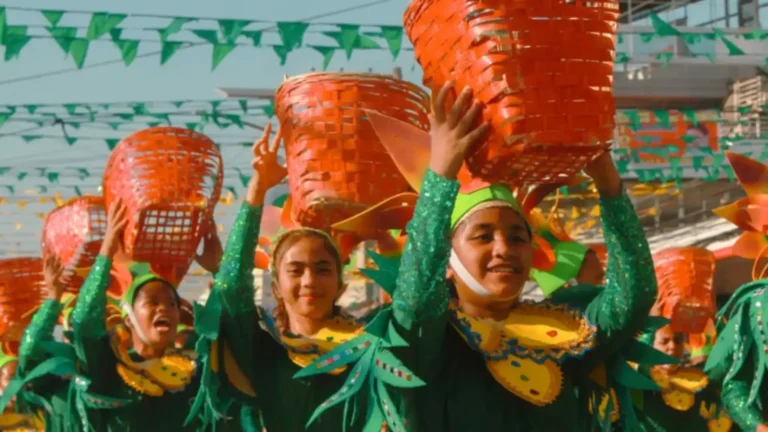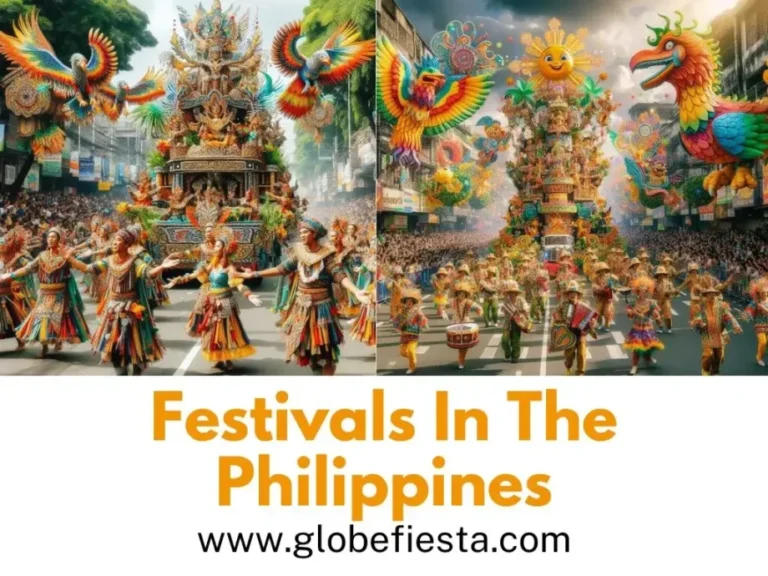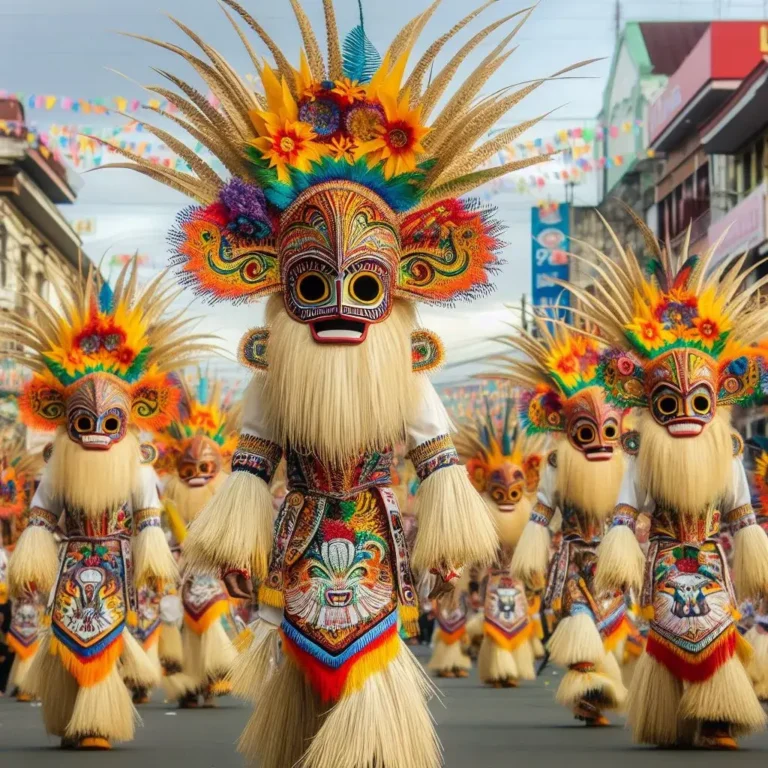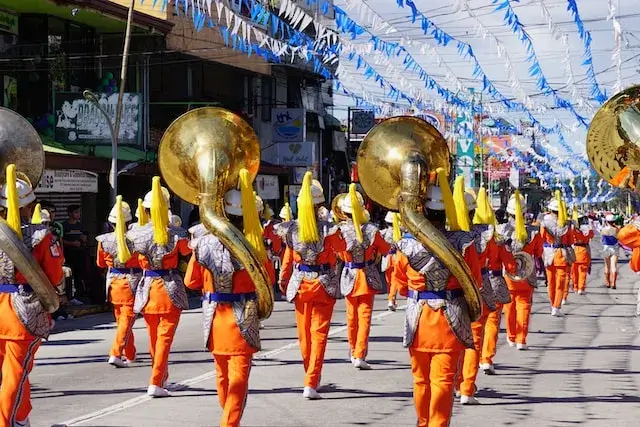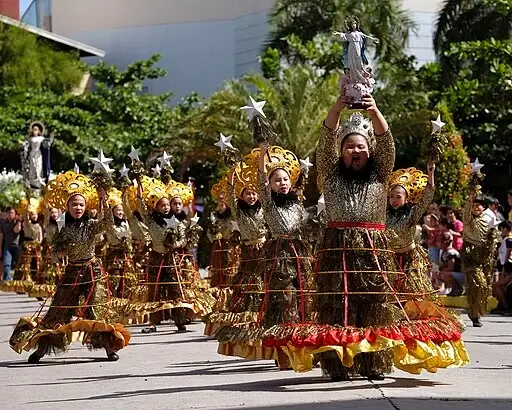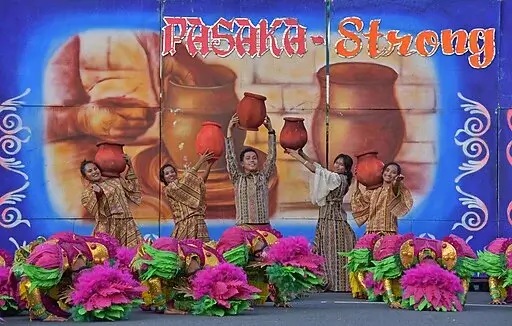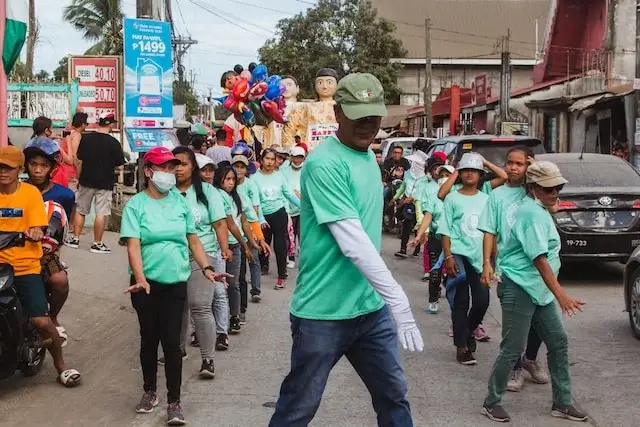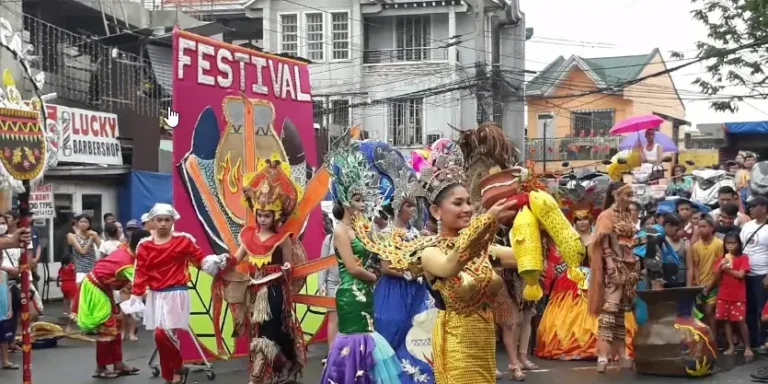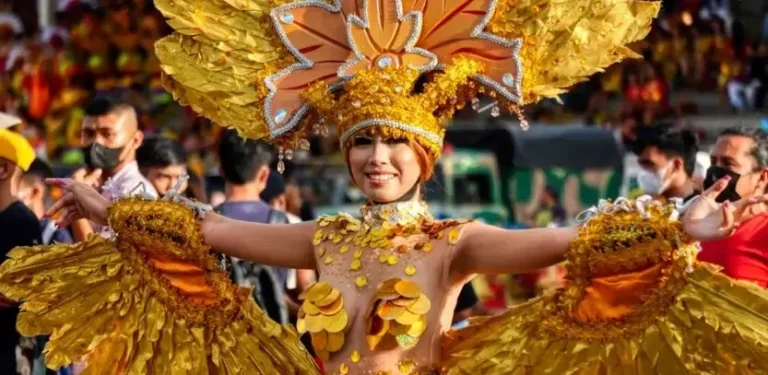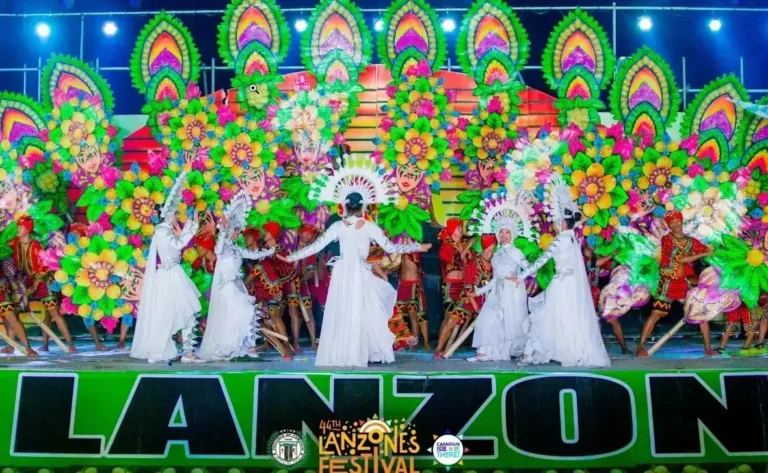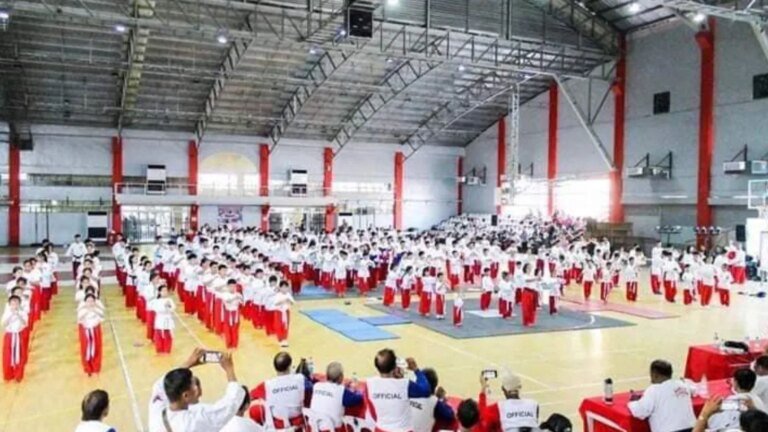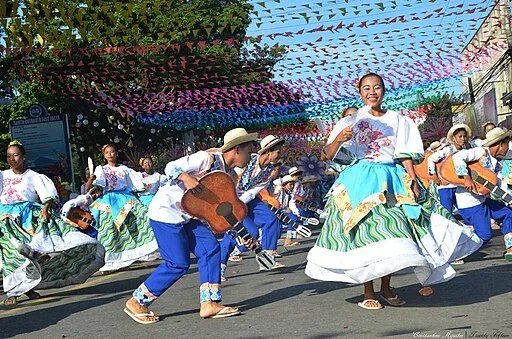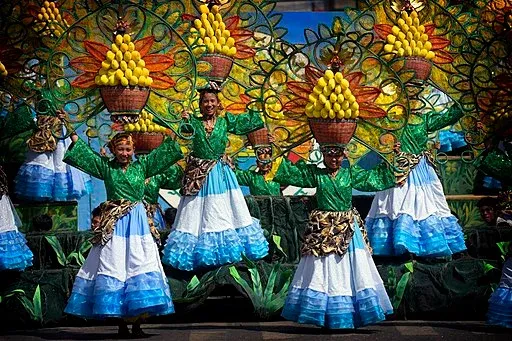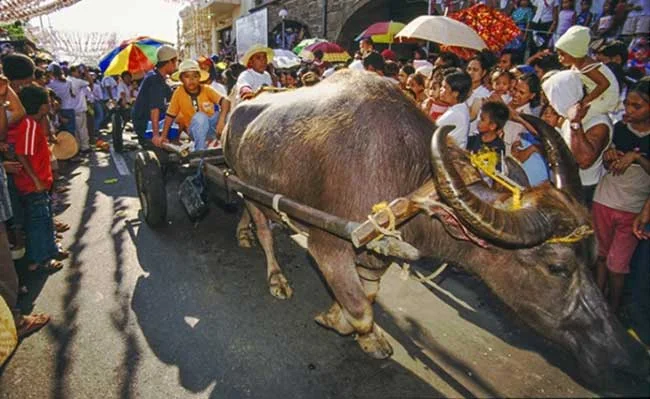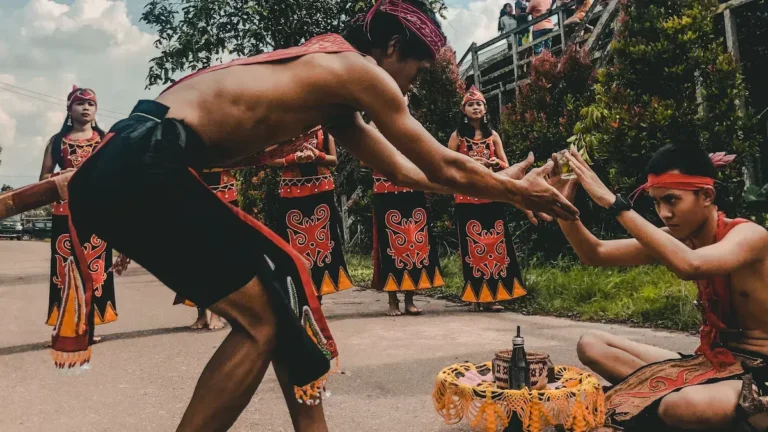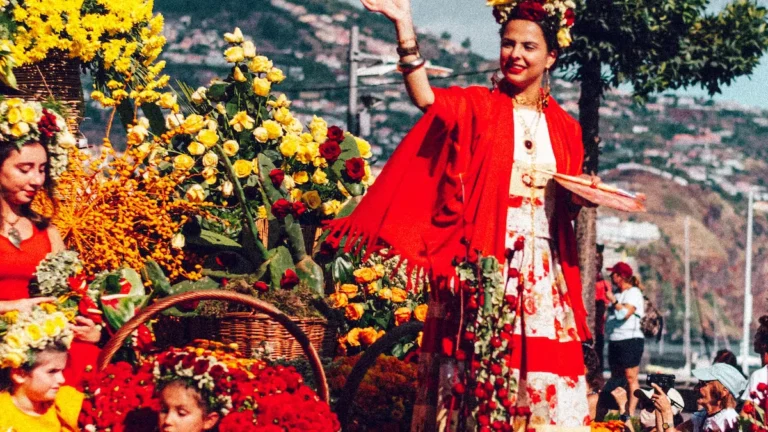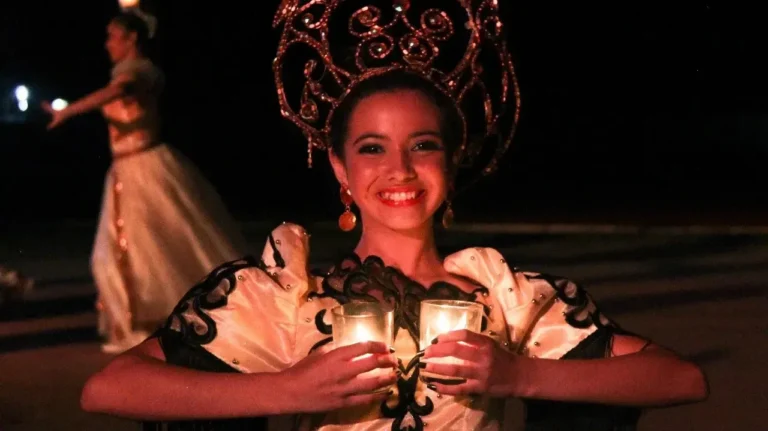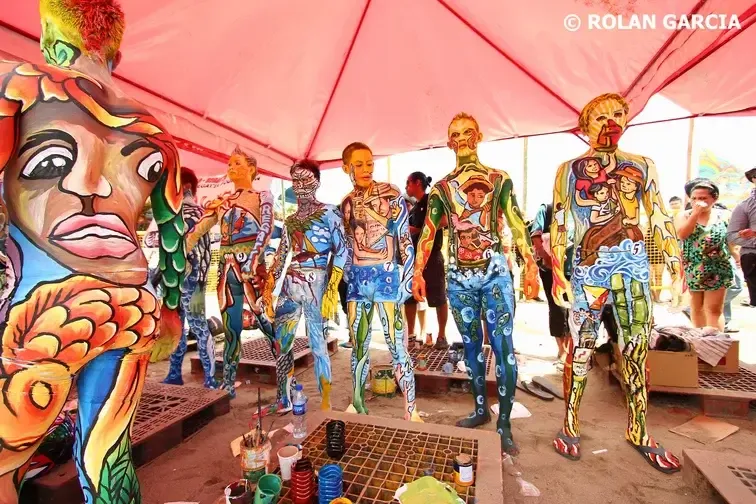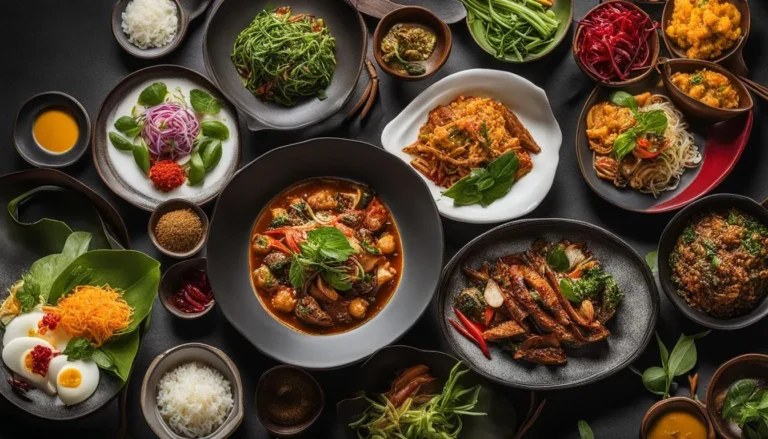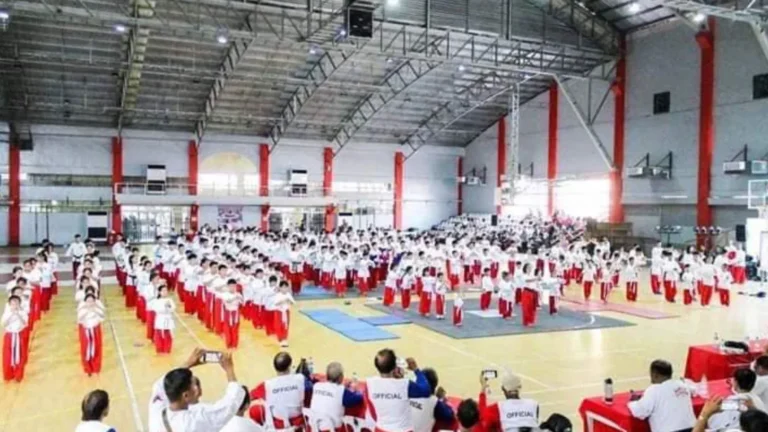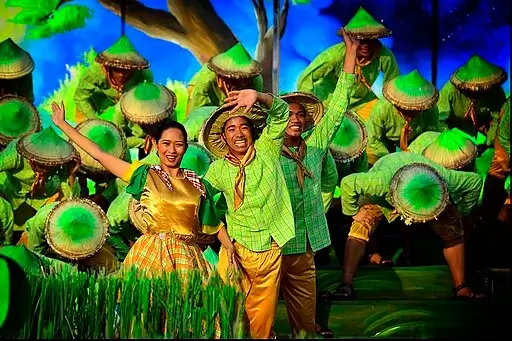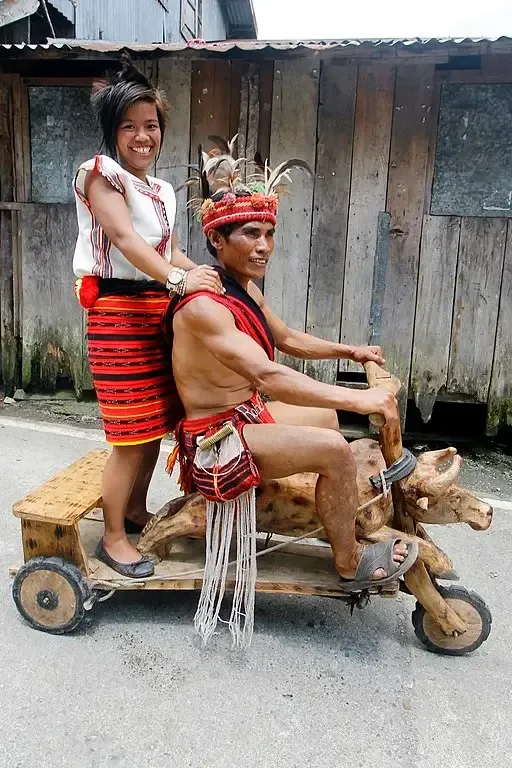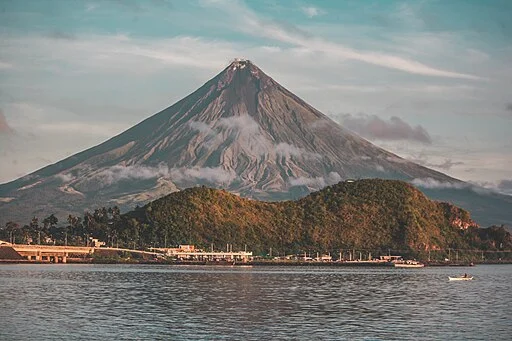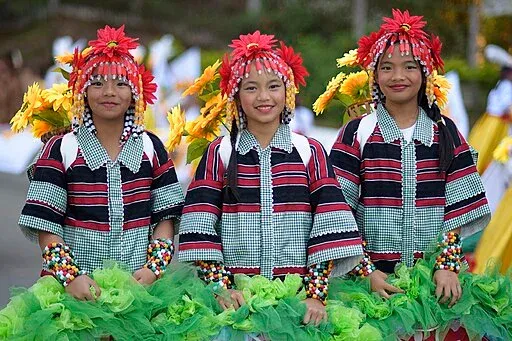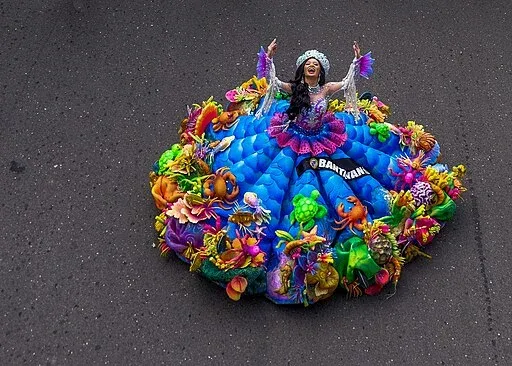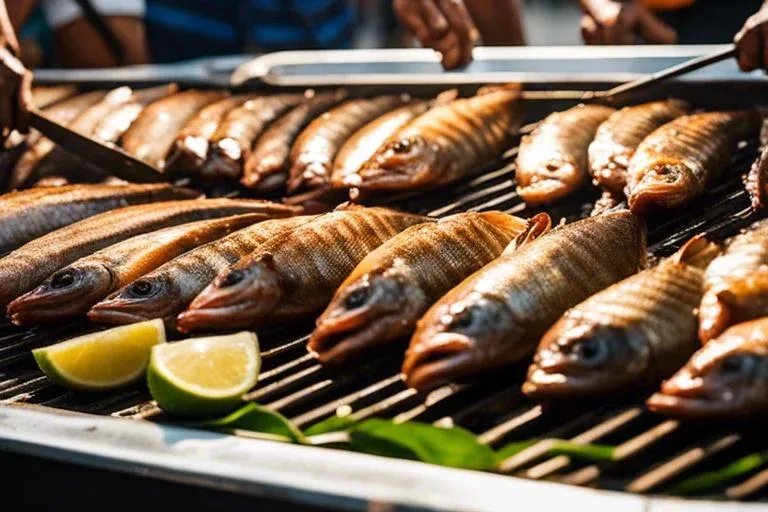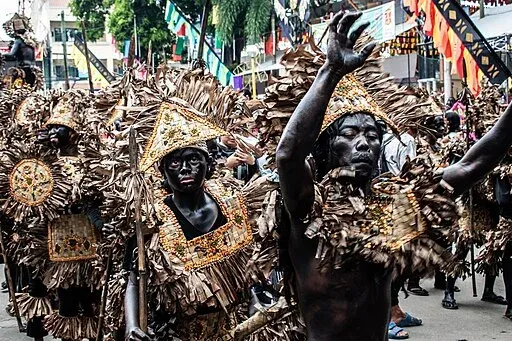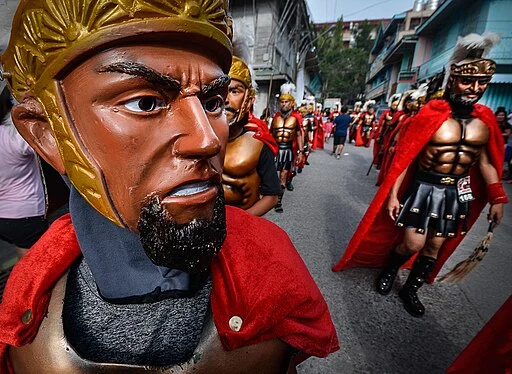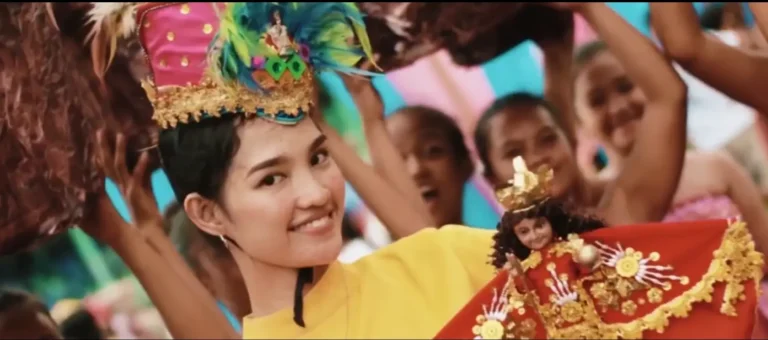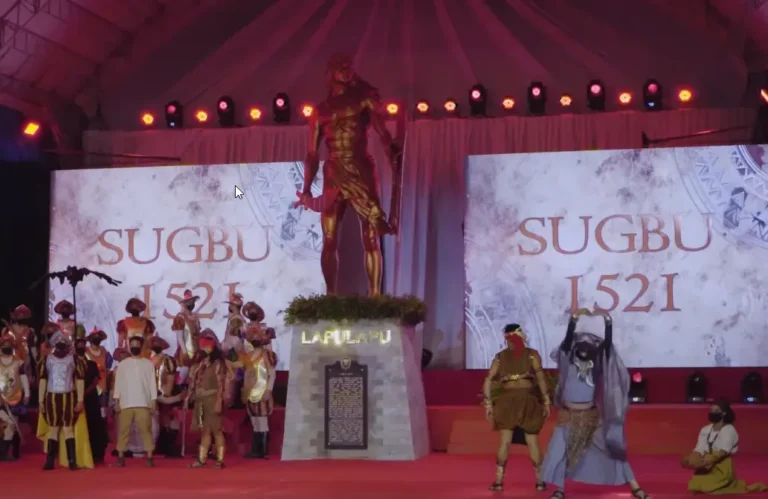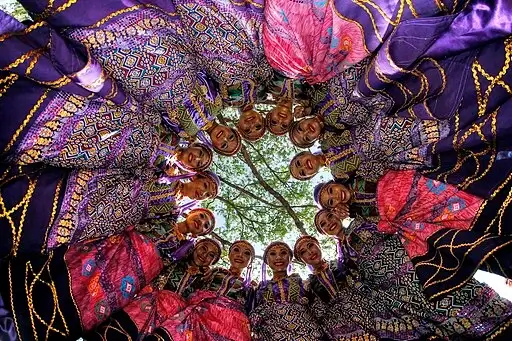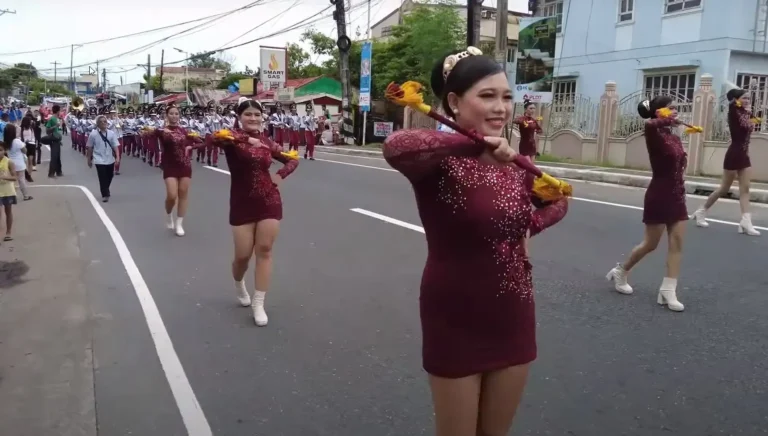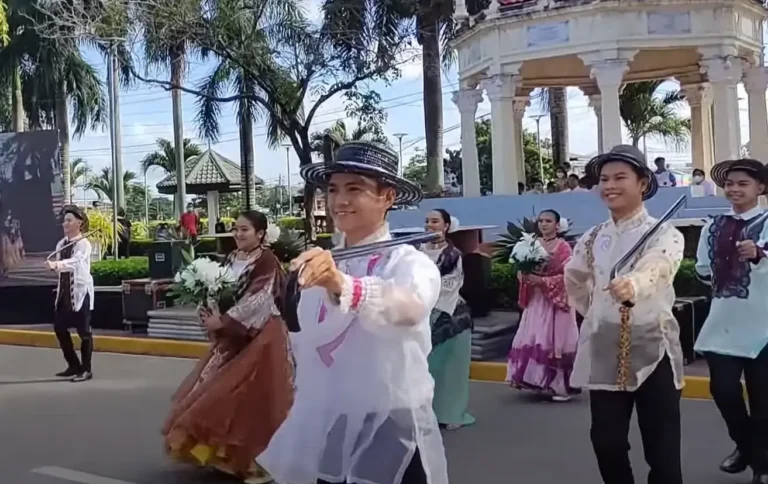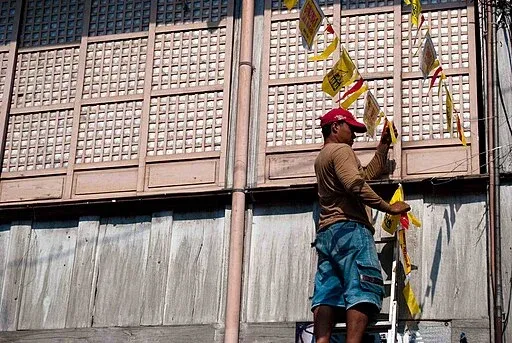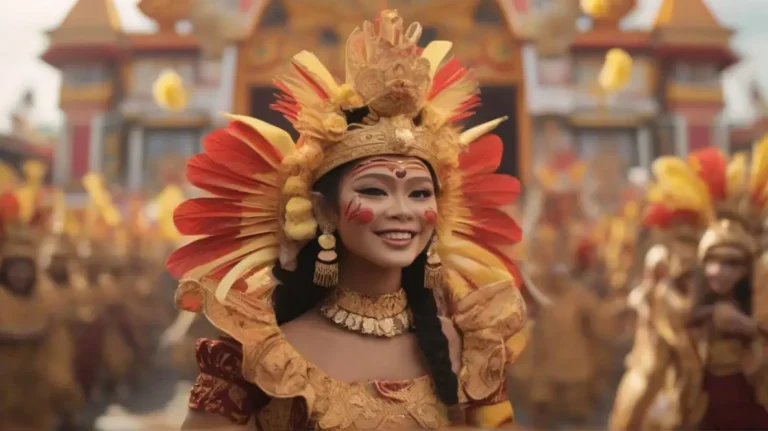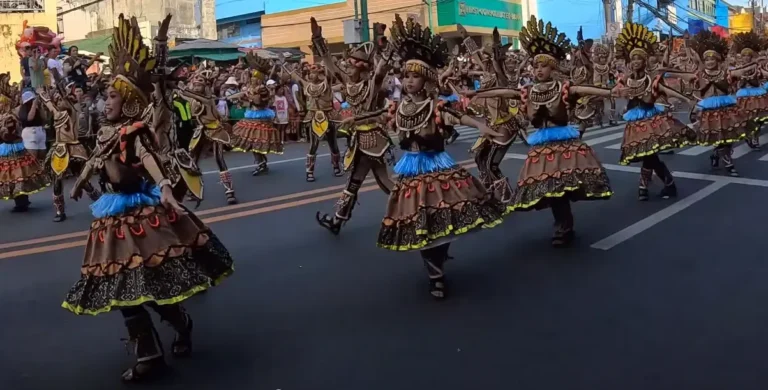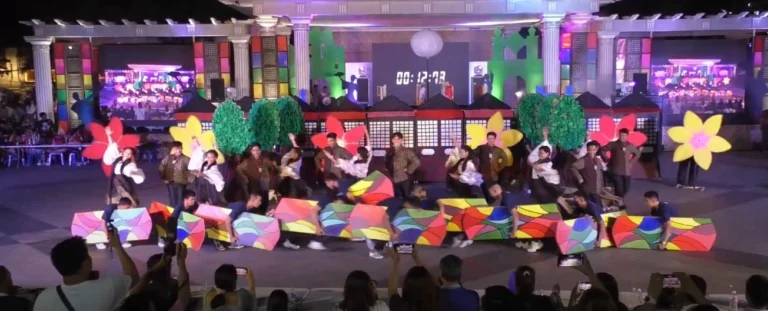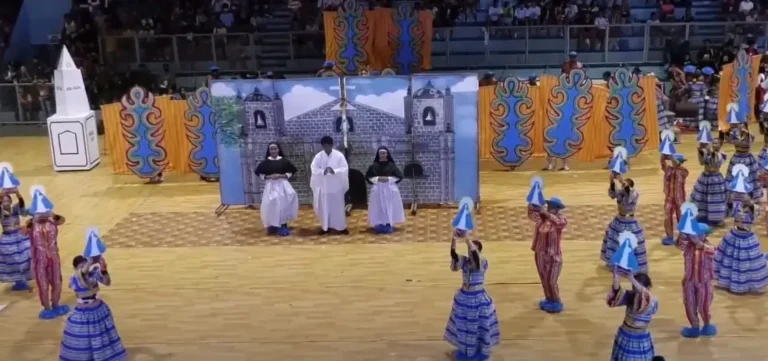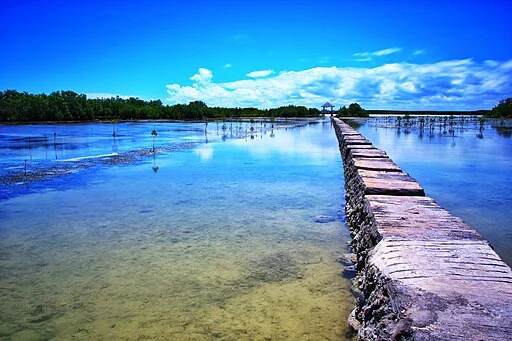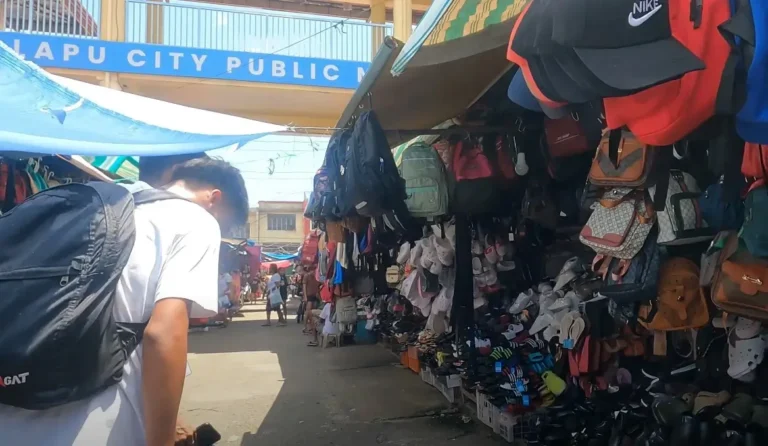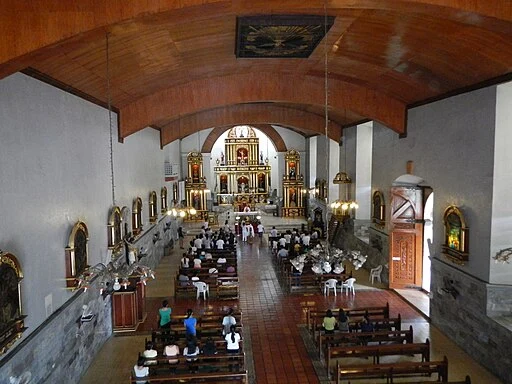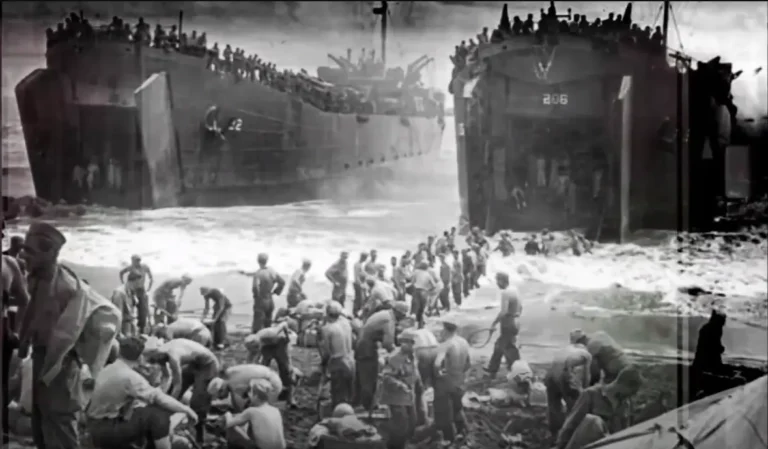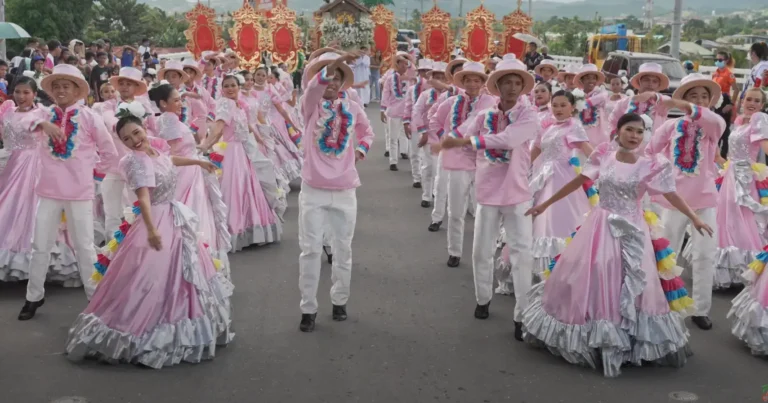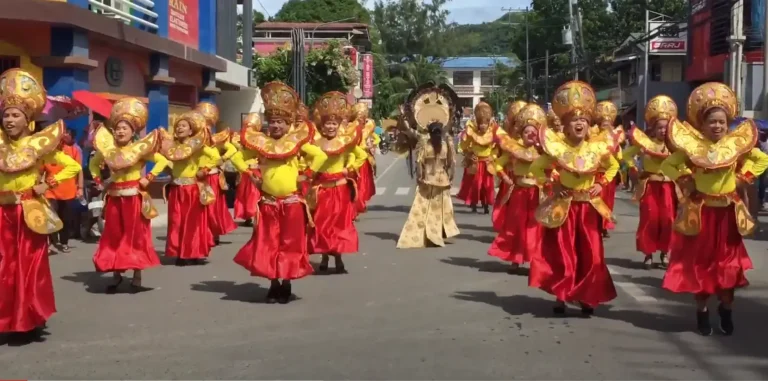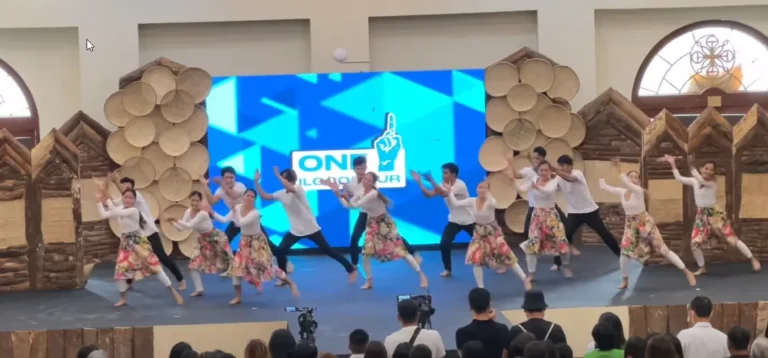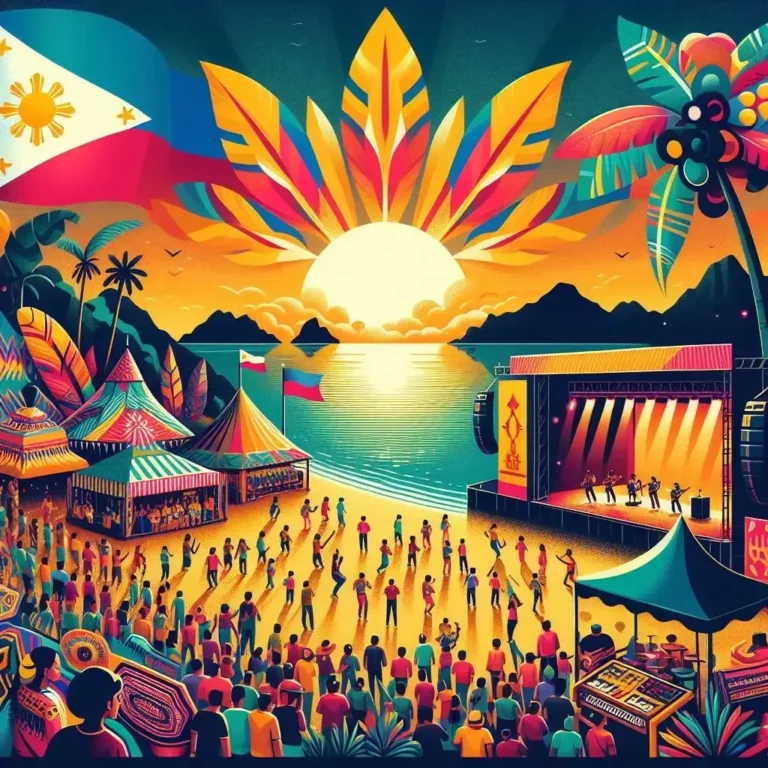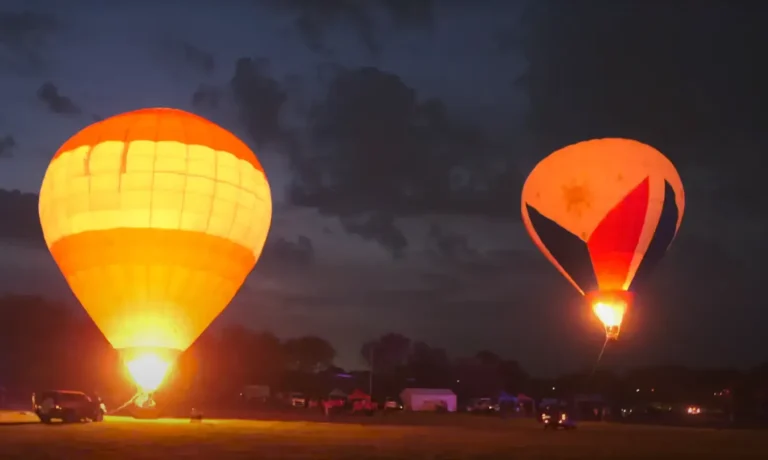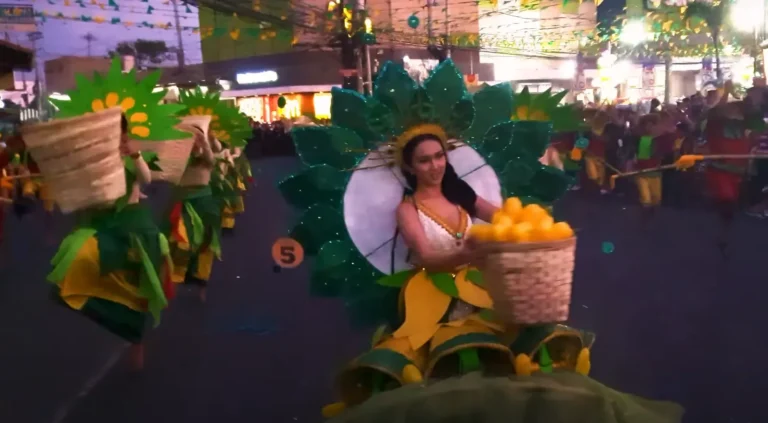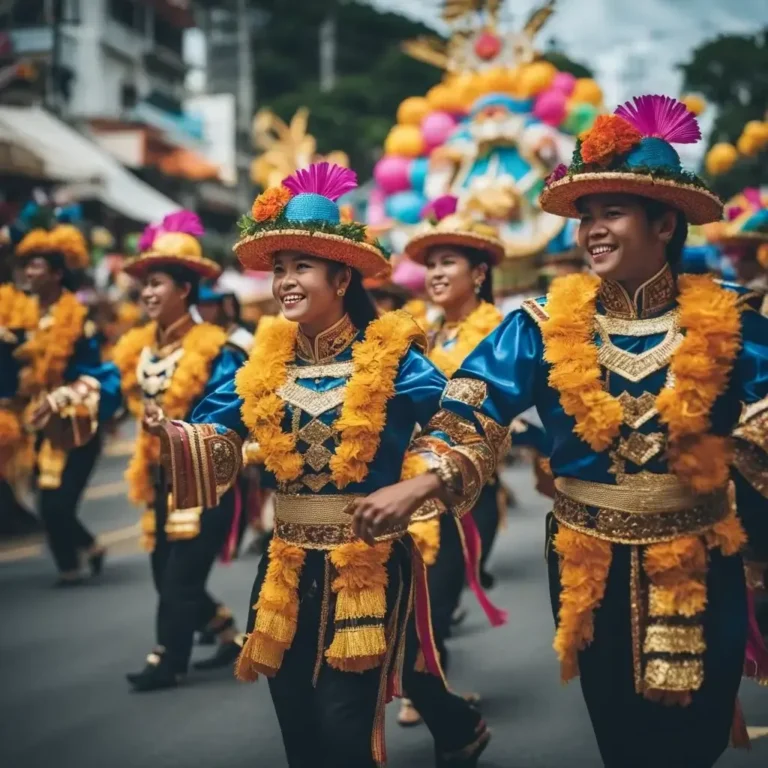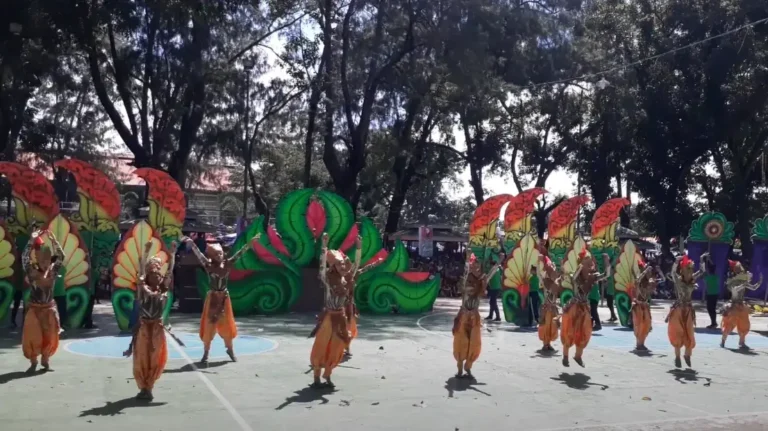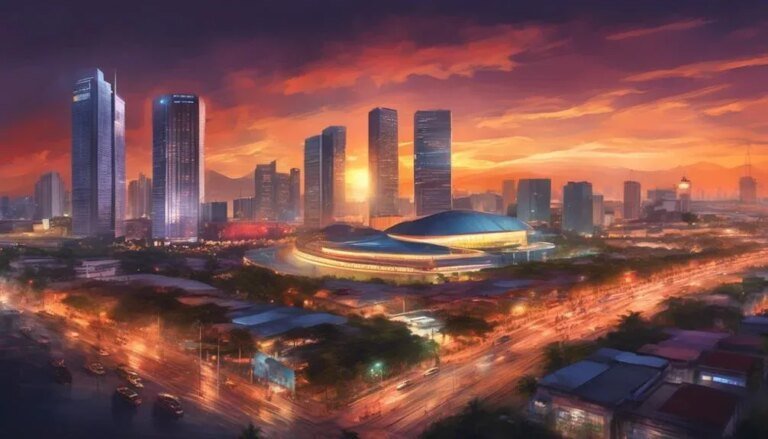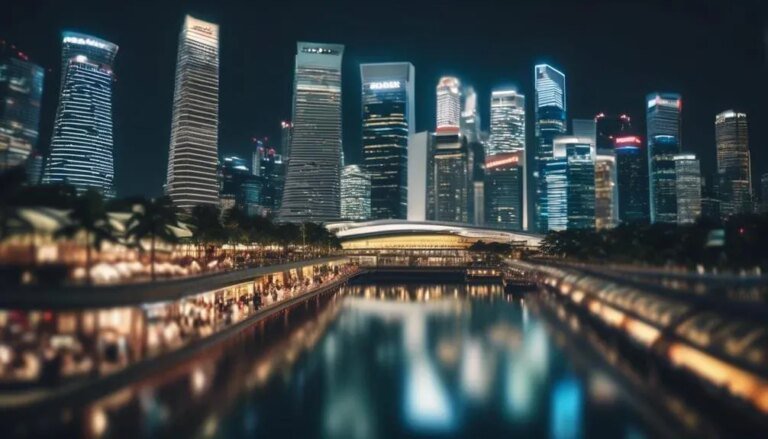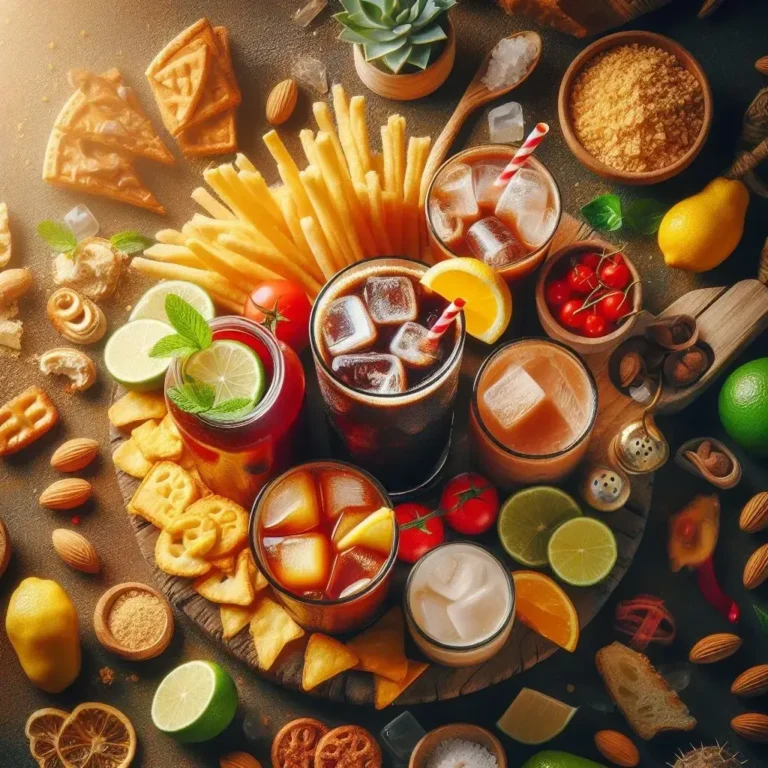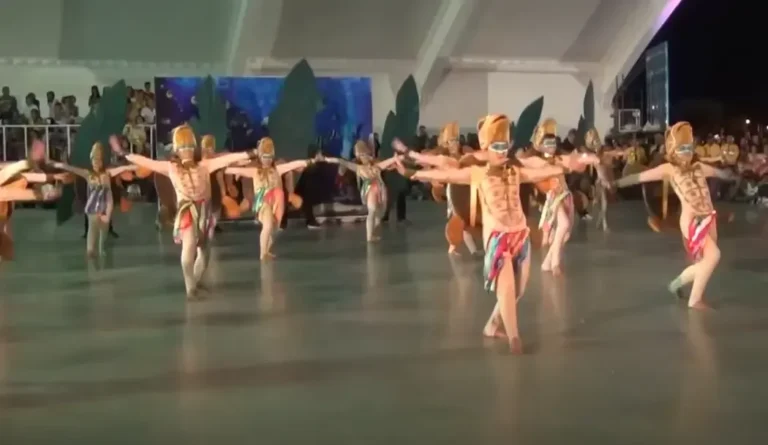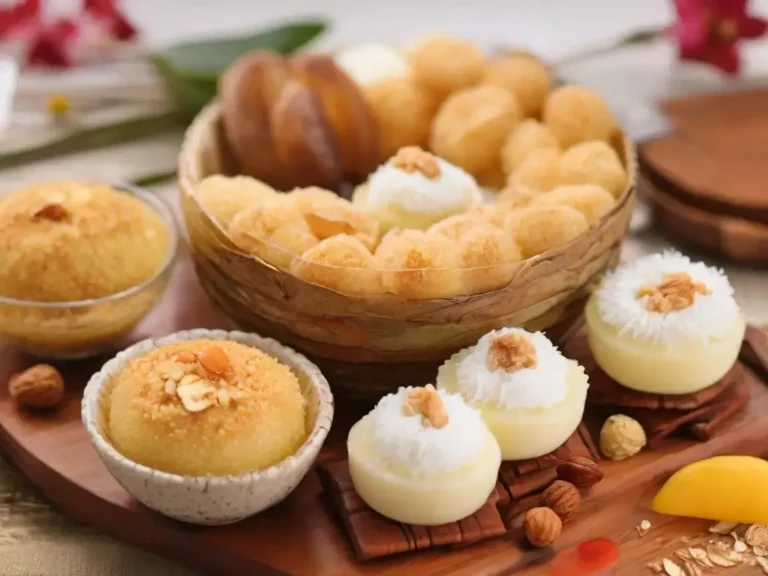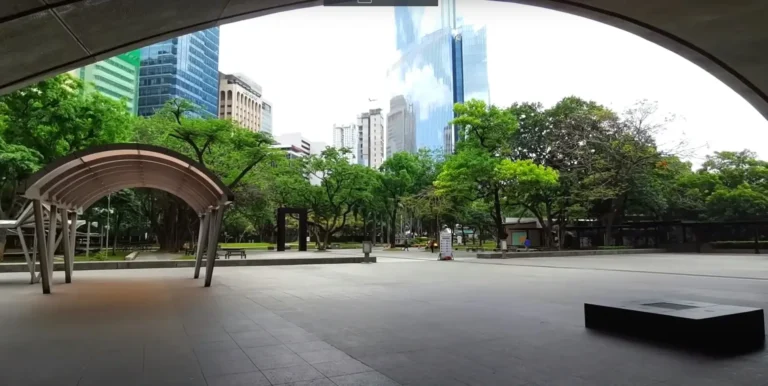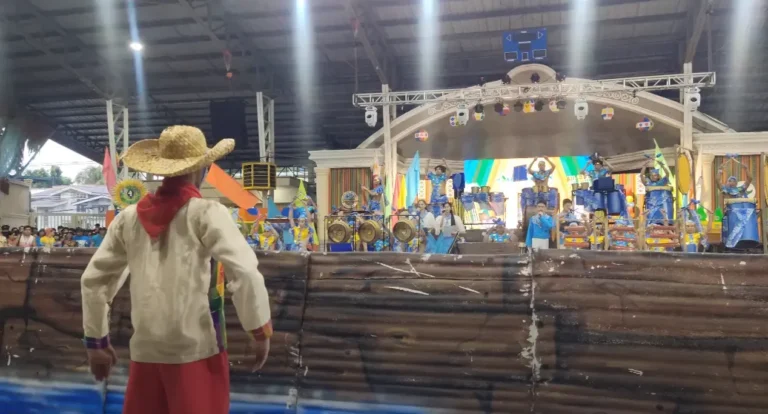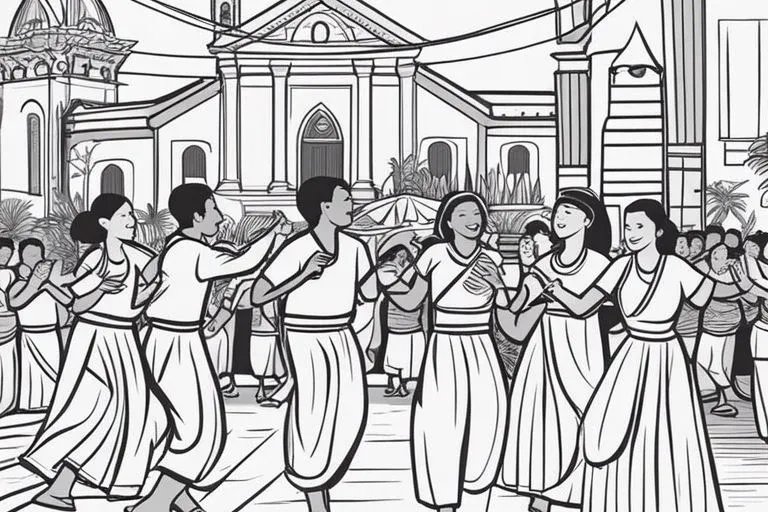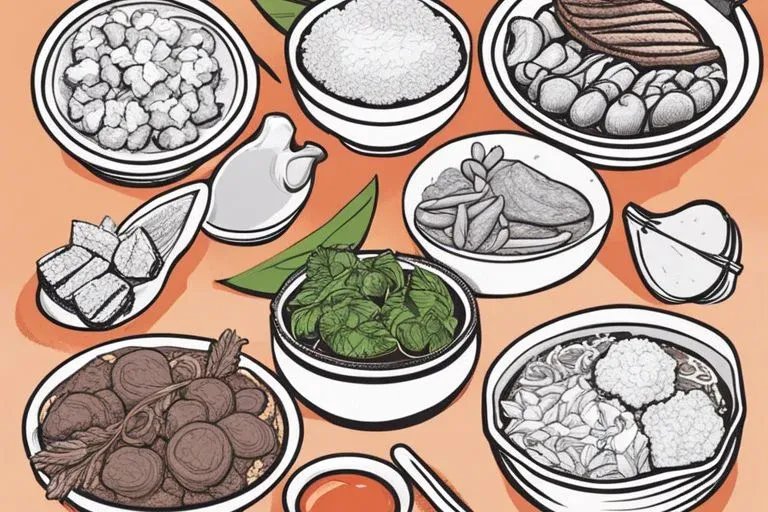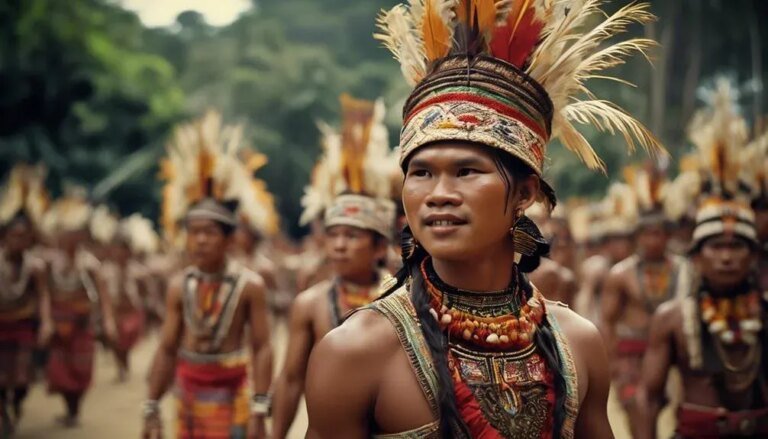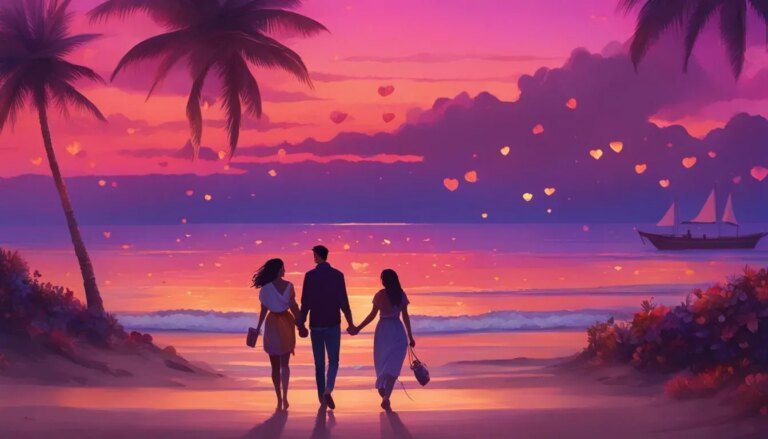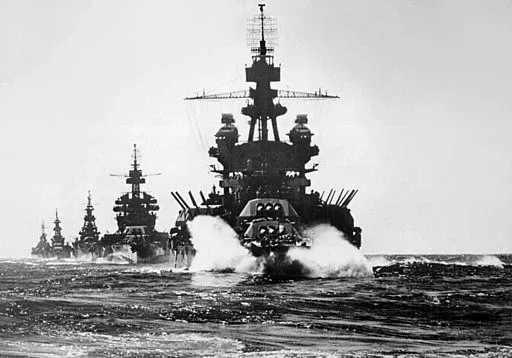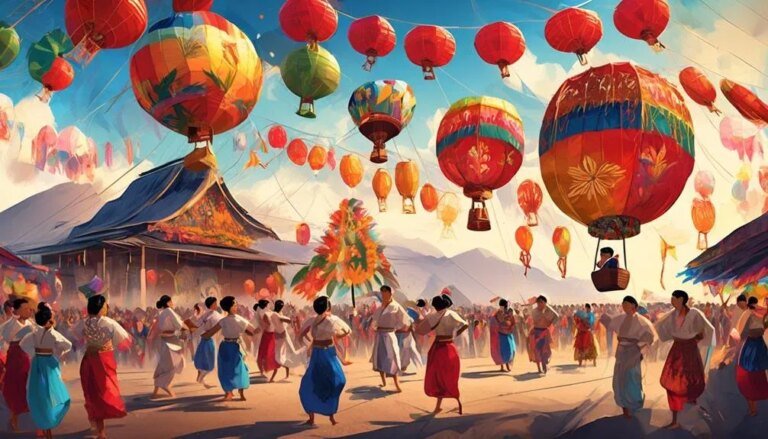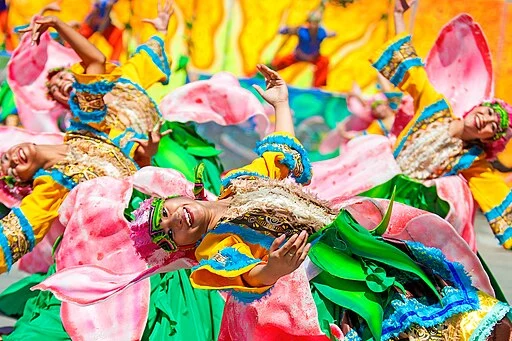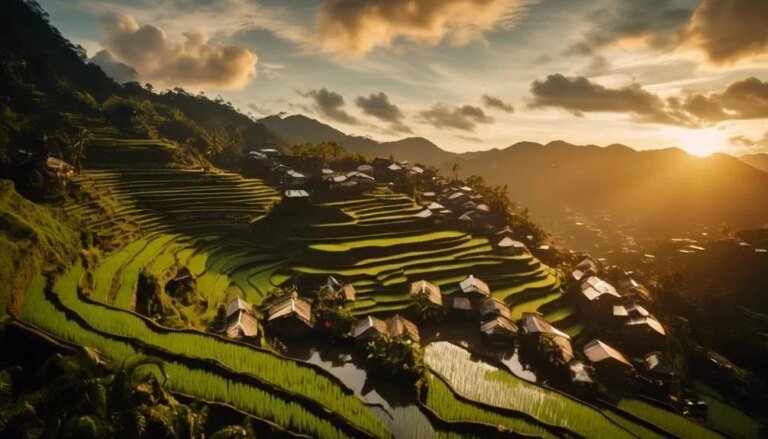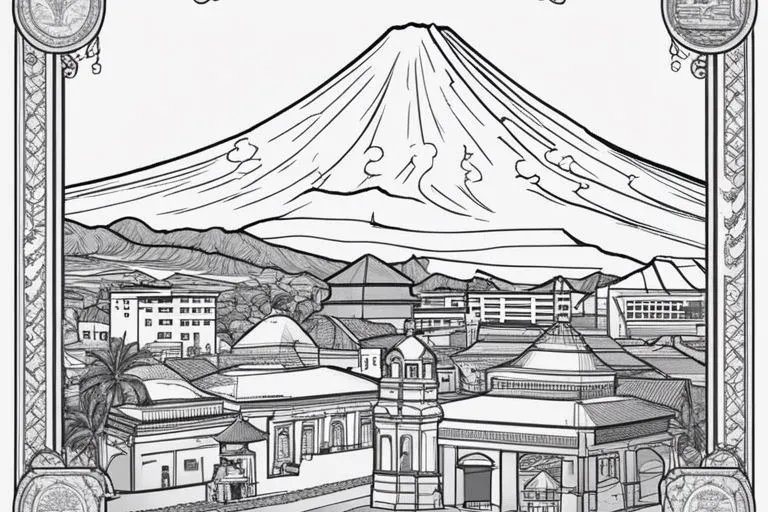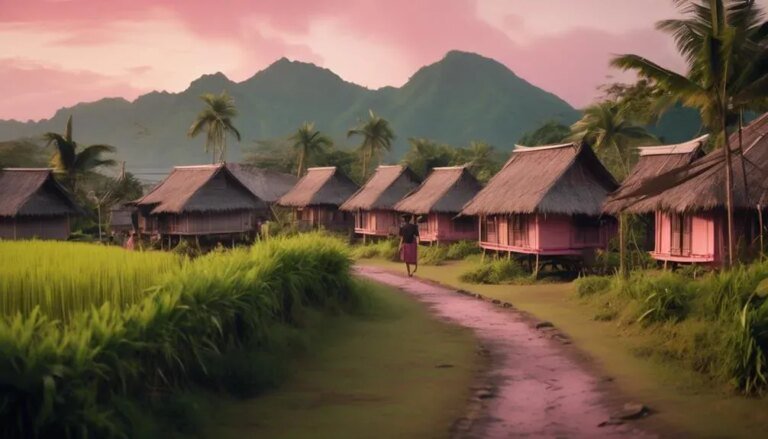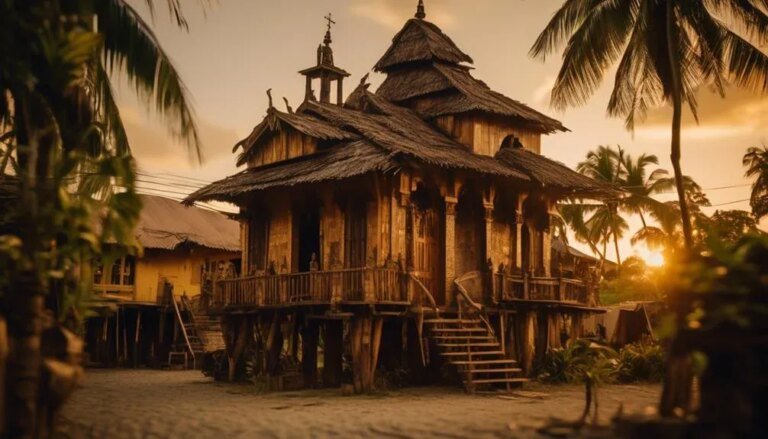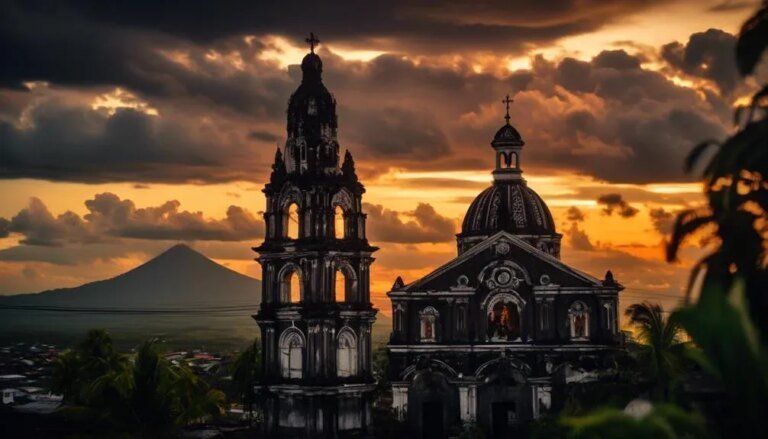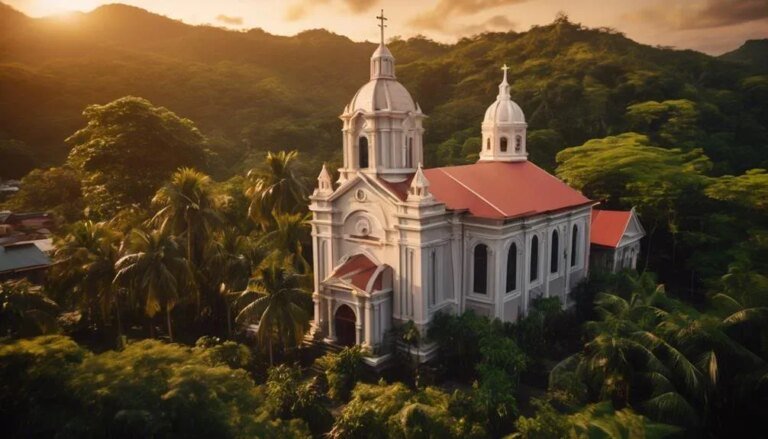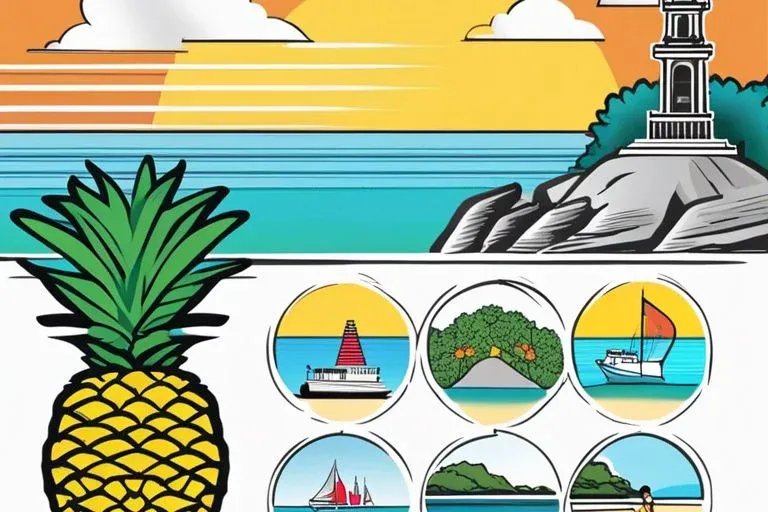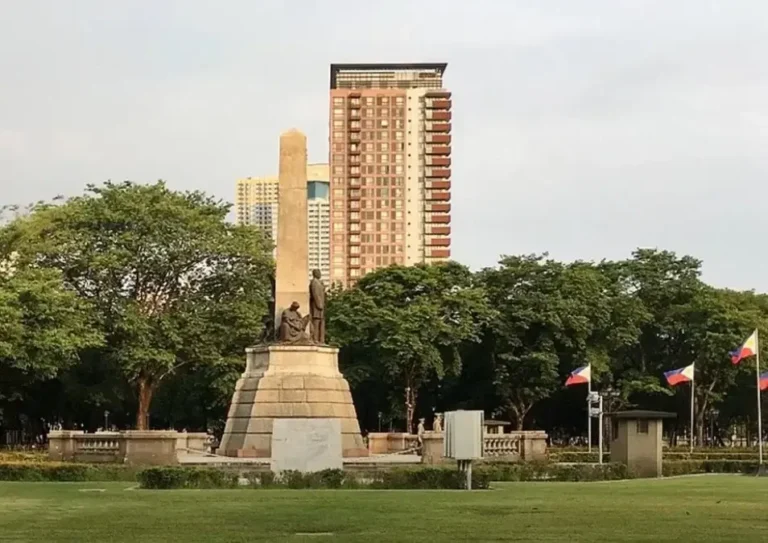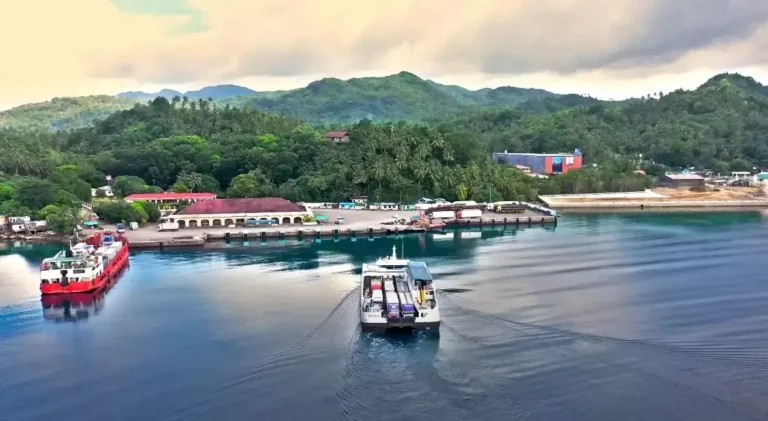Festivals In The Philippines
Welcome to “Festivals in the Philippines”! Immerse yourself in the vibrant culture and colourful traditions of the Pearl of the Orient Seas. From the world-renowned Sinulog Festival in Cebu to the enchanting MassKara Festival in Bacolod, discover the unique blend of celebrations that showcase the Filipino spirit. Join us as we embark on a captivating journey through the Philippines’ most cherished festivals.
The Philippines, with its rich history and vibrant culture, is a Southeast Asian country comprised of more than 7,000 islands. Its history can be divided into several periods, each contributing to the tapestry of its cultural heritage and the array of festivals celebrated across the archipelago.
Pre-Colonial Period
Before the arrival of Spanish explorers in the 16th century, the Philippines was a collection of independent barangays (small coastal or riverine settlements) governed by datus or rajahs. These communities were engaged in agriculture, fishing, and trading with neighbouring Asian countries. The indigenous people had their writing system, such as the Baybayin, and animistic beliefs that shaped their way of life and festivities.
Spanish Colonial Period (1521-1898)
The Philippines’ recorded history began in 1521 when Ferdinand Magellan claimed the islands for Spain. Spanish colonization brought Christianity, which significantly influenced the country’s culture and festivals. The period saw the establishment of Manila as the colonial capital and the centre of trans-Pacific trade between Asia and the Americas. Spanish rule lasted for over three centuries, during which the Catholic Church played a pivotal role in the lives of Filipinos, leading to the creation of many of the country’s religious festivals.
American and Japanese Occupation
The Spanish-American War ended Spain’s colonial rule, and the Philippines was ceded to the United States in 1898. American governance introduced public education, infrastructure improvements, and a new political system. However, it also faced resistance, leading to the Philippine-American War. During World War II, the Philippines was occupied by Japanese forces, resulting in significant loss and suffering. It was after the war, on July 4, 1946, that the Philippines gained independence from the United States.
Post-Independence Era to Modern Day
Post-independence, the Philippines underwent periods of democracy, dictatorship under Ferdinand Marcos, and then a restoration of democracy following the People Power Revolution in 1986. The country has since been working towards economic development and political stability, despite facing challenges such as corruption, poverty, and natural disasters.


